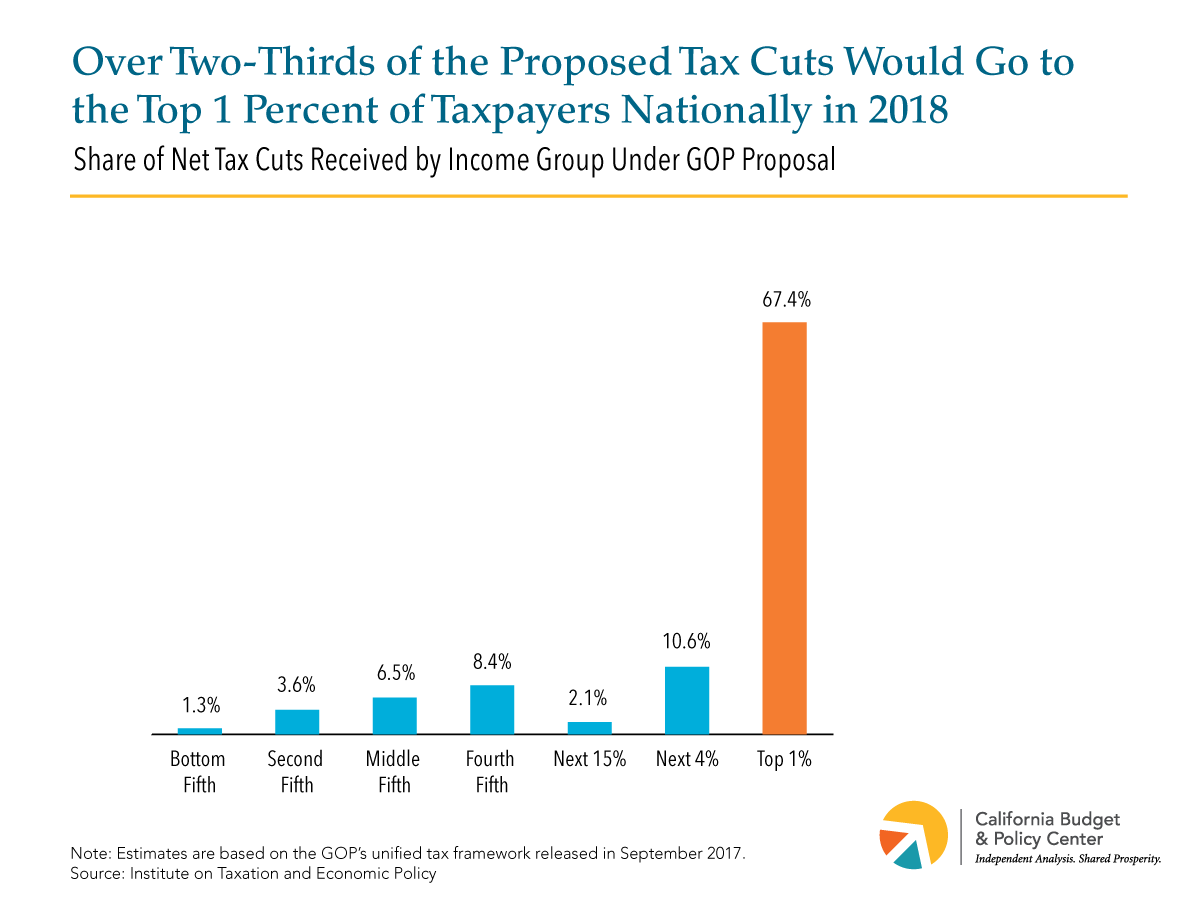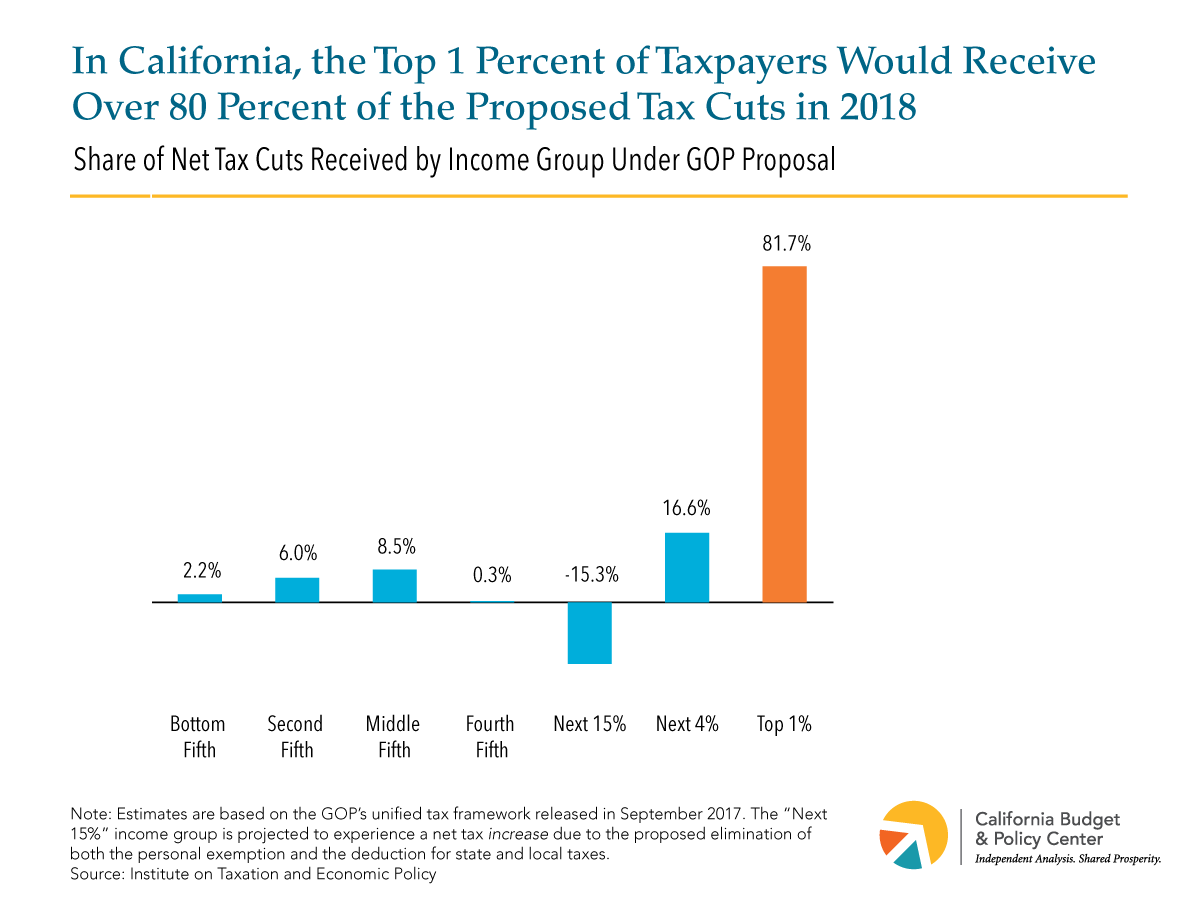Senate Bill 562 (Lara and Atkins), which would establish a single-payer health care system with universal coverage in California, was approved by the state Senate in early June, but has stalled in the Assembly. Although it appears that SB 562 will not move forward in 2017, a single-payer proposal could be revived in 2018. This post is the first in a series examining key issues related to SB 562 and, more generally, to efforts to create a universal, single-payer health care system in California. Future posts in this series will examine estimates of how much a single-payer system could cost, proposals for raising the state revenues needed to fund such a system, and other issues.
Senate Bill 562’s Vision for Single-Payer Health Care in California
As envisioned in SB 562, all Californians could enroll in a new “Healthy California” program that would provide a broad range of services, including health, dental, vision, mental health, chiropractic, and hospice care. Under this system, private health insurers and health care service plans generally would be prohibited from providing coverage for services available through Healthy California, and enrollees would pay no premiums, co-pays, or deductibles. Instead, the state — as the “single payer” — would fund the full array of services using both state and federal tax revenues.
Implementing a Single-Payer System in California Would Require Large State Tax Increases
Implementing the single-payer system envisioned in SB 562 would require state tax increases exceeding $100 billion, and possibly as high as $200 billion. SB 562 does not contain the state tax increases that would be needed to fully finance its proposed Healthy California program. Instead, the bill assumes that these tax increases would be approved at a later date. SB 562 also specifies that the Healthy California program would not be implemented until the necessary financing was in place.
The new state taxes needed to fund a single-payer health care system as envisioned in SB 562 could be raised in various ways. For example, the Legislature could pass a bill that increases taxes, which would require a supermajority (two-thirds) vote of each house as well as the Governor’s signature. Alternatively, single-payer proponents could use the initiative process to qualify a tax measure for the statewide ballot. A ballot initiative would require only a simple majority of California voters in order to pass.
Revenues to Support a Single-Payer System in California Would Be Deposited Into a Special Fund, Not the General Fund
As outlined in SB 562, state and federal revenues needed to finance the Healthy California program would be deposited into a new state special fund called the “Healthy California Trust Fund.” In other words, these revenues — including those raised by new state taxes — would not go into the General Fund, which contains state revenues that are not designated for a specific purpose.
The State Tax Increases Required to Implement a Single-Payer System in California Would Face Constitutional Obstacles
Any effort to boost taxes in California must take into account certain provisions in the state Constitution that affect the state’s ability to raise and spend revenues. One of these provisions was discussed above: the two-thirds vote requirement for passing tax increases in the Legislature, which sets a high bar for raising taxes through legislation. Two other key constitutional provisions are:
- Proposition 4 of 1979. Prop. 4 established a constitutional state spending limit that is known as the “Gann Limit.” The original Gann Limit was later modified by two ballot measures: Prop. 98 of 1988 and Prop. 111 of 1990. According to the state Senate Appropriations Committee analysis of SB 562, “the very large tax revenues that this bill would require…would clearly exceed the Gann Limit.” Overcoming this obstacle would require the voters to either repeal the Gann Limit or exempt the new taxes from the limit, the Senate analysis suggests.
- Prop. 98 of 1988. Prop. 98, as modified by Prop. 111 of 1990, constitutionally guarantees a minimum level of funding for K-12 schools and community colleges. The state Senate Appropriations Committee analysis of SB 562 declares that, “Any taxes raised to support this bill would be considered the proceeds of taxes and would be subject to the requirements of Proposition 98.” This would result in some of the new tax revenues going to K-14 education. In order to avoid this outcome, California voters would have to exempt the new taxes from Prop. 98, the Senate analysis suggests.
In short, in the view of the Senate’s fiscal experts, lawmakers and the Governor could unilaterally create a single-payer system, but they could not implement such a system without asking the voters to resolve some fundamental issues.
Key Single-Payer Proponents: Voter Approval May Not Be Necessary to Address the Obstacles Posed by the Gann Limit and Prop. 98
The primary proponent of SB 562 is the California Nurses Association (CNA). In a rebuttal to a recent article on the politics of SB 562, the CNA makes the following assertion: “There are ways in the bill to address the constitutional issues posed by both Prop. 98 and the Gann Limit….[W]e are developing these legislative approaches.” In other words, the CNA implies that there is a strictly legislative solution to the issues raised by the Gann Limit and Prop. 98, and that voters don’t necessarily need to weigh in. The CNA does not explain how it reaches this conclusion, although the association indicates that it is consulting with “constitutional legal experts.”
In addition, former state Senator Sheila Kuehl — a longtime single-payer advocate — recently “rejected suggestions that lawmakers could not find creative ways to work within existing constitutional limits.” Kuehl is quoted as saying: “That theory won’t fly…I don’t think [the constitutional limits] would actually be a problem.”
In short, in the view of key single-payer advocates, the Legislature could not only create a single-payer system and raise the taxes needed to fund it, but could also as part of the same legislation address the constitutional constraints posed by the Gann Limit and Prop. 98 without seeking voter approval.
Could Single-Payer Proponents Address the Obstacles Posed by the Gann Limit Solely Through the Legislative Process, Without Going to the Voters?
The short answer:
It’s very unlikely that single-payer advocates could address the obstacles posed by the nearly four-decade-old state spending limit without going to the voters.
The long answer:
The Gann Limit aims to “keep [inflation-adjusted] per capita government spending under the 1978-79 level,” according to the nonpartisan Legislative Analyst’s Office (LAO), which provides fiscal and policy advice to the Legislature. This spending limit applies to “appropriations from proceeds of taxes,” the LAO explains. “Essentially, this means that appropriations from tax levies are subject to the limit,” although several types of expenditures are exempt from the limit. These include, but are not limited to, appropriations for debt service or court-mandated costs as well as from certain gas tax revenues.
As noted above, implementing a single-payer system in California would require tax increases exceeding $100 billion, and possibly as high as $200 billion. These revenues would be considered “proceeds of taxes,” all of which would be used to fund (i.e., would be appropriated for) health care and related services through the new Healthy California program. Moreover, expenditures for a single-payer system would not be exempt from the Gann Limit as it is currently structured. Consequently, a tax increase of $100 billion or more would push state expenditures well beyond the Gann Limit threshold. (Currently, the state has only a few billion dollars in “room” under the limit.) Barring the discovery of a previously unidentified loophole, the only way to avoid exceeding the Gann Limit would be to exempt from that limit the new revenues intended to fund a single-payer system. This would require amending the state Constitution – something that only California voters could do.
Could Single-Payer Proponents Address Any Obstacles Posed by Prop. 98 Solely Through the Legislative Process, Without Going to the Voters?
The short answer:
In theory, the Legislature could pass — and the Governor could sign — a bill that raises taxes by $100 billion or more, with none of the new state revenues going to K-12 schools and community colleges via the Prop. 98 minimum funding guarantee. However, such an approach would leave the state vulnerable to legal challenges, and any resulting litigation would jeopardize some or all of the new state revenues needed to finance a single-payer system.
The long answer:
The state Constitution refers to “General Fund revenues” and “General Fund proceeds of taxes” in describing the calculations that help to determine K-14 education’s share of the state budget each year. In other words, special fund revenues are not explicitly mentioned as a factor in calculating the Prop. 98 minimum funding guarantee. This is a critical point: As noted above, SB 562 would deposit the tax revenues needed to support a single-payer system into a special fund, rather than into the state’s General Fund.
However, there is disagreement regarding the relationship between Prop. 98 and state tax revenues. There appear to be at least two competing schools of thought.
One school of thought suggests that state policymakers could — without violating Prop. 98 — raise taxes and deposit all of the revenues into a special fund without any of the new dollars going to K-14 education. This view is clearly expressed in a legal argument drafted in 2012 by the Brown Administration in response to a lawsuit filed by K-12 school officials. (This lawsuit was rendered moot by the passage of Prop. 30 in November 2012 and was therefore dismissed by an appellate court before being resolved.)
This lawsuit stemmed from the state’s decision to redirect a portion of sales tax revenues to counties in order to fund an array of services that were transferred — or “realigned”— to counties beginning in 2011. State policymakers shifted these sales tax revenues out of the General Fund and into a new special fund dedicated solely to the realigned programs. In doing so, the state excluded these revenues from the calculation of the Prop. 98 minimum funding guarantee.
The Administration’s argument in this case included the following assertions:
- The sales tax revenues dedicated to the 2011 realignment “are not General Fund revenues. They are never deposited into the General Fund, and unlike General Fund revenues they are not available for general appropriations.”
- “Revenues that are never part of the General Fund cannot be treated as ‘General Fund revenues.’”
- “Special funds with dedicated revenue streams…have historically not been treated as General Fund revenue, and are excluded from the Prop. 98 calculation.”
- “It would be an unprecedented transgression on the Legislature’s authority for a court to decree that funds designated as special fund revenues be treated as ‘General Fund revenues’ for any purpose, including the calculation required by Prop. 98.”
These are strong arguments, but they’re not the end of the story. There’s at least one other school of thought regarding the relationship between Prop. 98 and state revenues. This view holds that the term “General Fund,” as used in the state Constitution, should be understood to encompass a broader range of revenues than those that are deposited into the “General Fund” established by state law. This perspective appears to be based on a particular understanding of the intent of Prop. 98, one goal of which was to take “school financing out of politics,” according to the 1988 ballot argument. This view also seems to reflect concerns about the long-term funding prospects for K-14 education if the Legislature were to use its discretion to direct more and more revenues into special funds that are separate from the General Fund — and seemingly outside the purview of Prop. 98.
To some degree, this line of thinking was expressed by K-12 school officials in the 2012 lawsuit described above and surfaces from time to time in the Legislature. For example, this view is evident in the Senate Appropriations Committee analysis of SB 562, which declares that: “In the context of Proposition 98, the term ‘General Fund’ revenue refers to state tax revenues, not simply revenues that are deposited in the state’s General Fund. Any taxes raised to support [a single-payer system under SB 562] would be considered the proceeds of taxes and would be subject to the requirements of Proposition 98.”
Given these two competing interpretations, the state could be vulnerable to a lawsuit if policymakers raised taxes by $100 billion or more and deposited these revenues into a special fund, with none of these dollars going to K-14 education. Lawmakers could attempt to dissuade potential litigants by adding a so-called “poison pill” to the bill. Such a provision would trigger a severe consequence — such as automatically repealing the new taxes – if a court ultimately found the state’s use of the revenues to be in conflict with Prop. 98. The Legislature included Prop. 98-related poison pills in four bills in the late 1980s and early 1990s. For example, policymakers in 1991 raised the state sales tax rate by a half-cent and directed all of the revenues into a new special fund dedicated to counties. These revenues were — and continue to be — excluded from the Prop. 98 calculation. The bill included a poison pill that would end this tax increase “if a court ruled that the revenues counted toward” the Prop. 98 minimum funding guarantee, according to the LAO. In all four cases, “none of the consequences set forth in the poison pill provisions ultimately occurred,” the LAO notes.
So yes, there may be a way for single-payer advocates to address any constitutional obstacles posed by Prop. 98 solely through the legislative process, without going to the voters. However, this path would leave the state vulnerable to a lawsuit that could put at risk the tax revenues needed to fully finance a single-payer system in California.
Concluding Thoughts
In any state, efforts to create a single-payer health care system would encounter a number of policy, fiscal, and political challenges. In California, these inherent difficulties are magnified by the complex rules that voters have added to the state Constitution — rules that restrict state policymakers’ ability to increase revenues and expenditures as well as to prioritize how new tax dollars should be spent.
In the context of recent attempts to establish a single-payer system in California, there are two fundamental constitutional constraints: 1) the state spending limit known as the Gann Limit and 2) the Prop. 98 minimum funding guarantee for K-14 education. Some single-payer advocates have asserted that these obstacles could be overcome solely through the legislative process without consulting the voters. This is highly unlikely with respect to the Gann Limit, barring the discovery of some as-yet-unidentified loophole. The story is somewhat more complicated with respect to Prop. 98. In theory, state legislators and the Governor could raise taxes by $100 billion or more to support a single-payer system, with none of these revenues going to K-12 schools and community colleges. Yet, this approach would be highly vulnerable to legal challenges that would put at risk some or all of the new state revenues needed to finance a single-payer system.
Addressing these constitutional constraints without seeking voter approval would likely create an extremely shaky legal foundation for a new single-payer system. Even under the best of circumstances, implementing a single-payer model would be a highly complex undertaking. Restructuring California’s current health care system — which comprises one-seventh of the state’s economy — would involve many moving pieces and uncertainties, and the transition would likely need to be phased in over time. Unnecessarily exposing a single-payer system to litigation in its infancy would hamper efforts to ensure a smooth transition and could undercut the long-term success of this new, state-based health care financing model.
In short, rather than trying to devise a clever — and likely counterproductive — way to avoid going to the ballot, single-payer advocates would be well-advised to ask California voters to remove the key constitutional obstacles to the implementation of a single-payer system.












